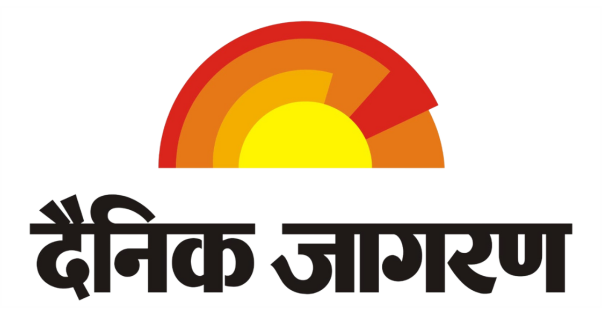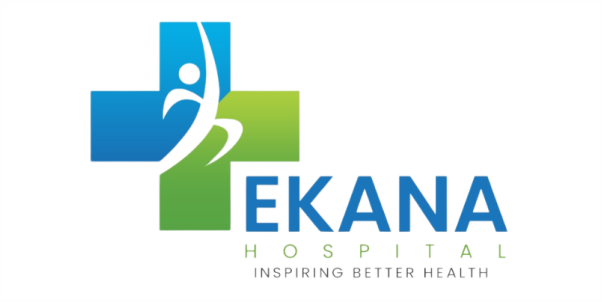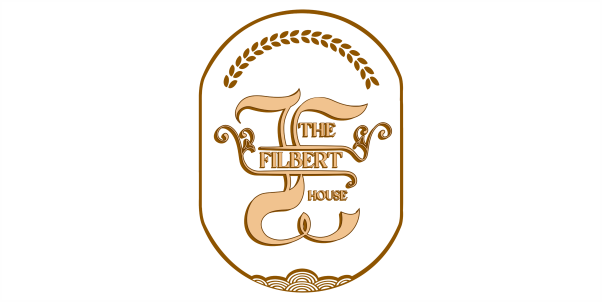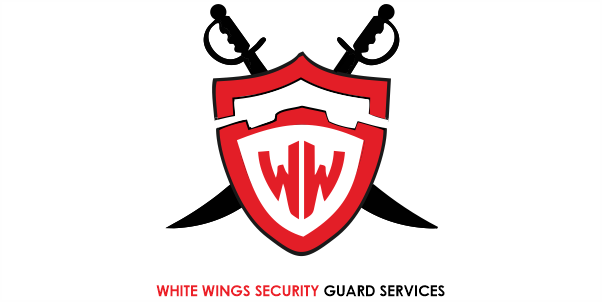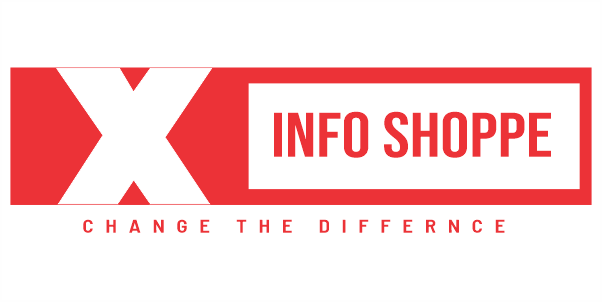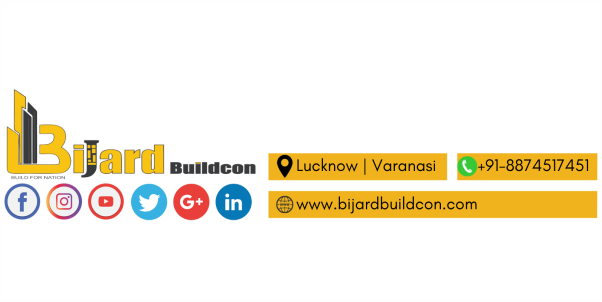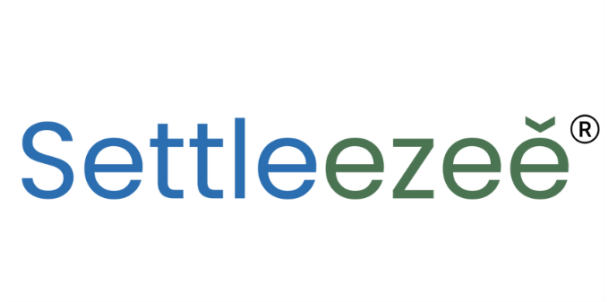- +1 (717) 710 6577
- info@digitalmartlab.com
Introduction to Conversion Rate Optimization (CRO)
Conversion Rate Optimization (CRO) is the practice of increasing the percentage of users who take a desired action on your website, such as making a purchase, filling out a form, or subscribing to a newsletter. By analyzing how users interact with your site and identifying obstacles to conversions, CRO helps optimize the user journey and enhance overall site performance.

Pricing custom to you. Starting at $3,000
Why CRO is Important ?
Increased Revenue: By converting more visitors into customers, you can significantly boost your revenue without needing to attract additional traffic.
Enhanced User Experience: CRO improves the usability and functionality of your website, making it easier for visitors to find what they need and complete desired actions.
Cost Efficiency: Optimizing conversion rates is more cost-effective than acquiring new traffic. It maximizes the value of existing visitors, reducing overall marketing expenses.
Data-Driven Insights: CRO relies on data and user feedback, enabling you to make informed decisions based on real user behavior and preferences.
Key Components of CRO
Website Audits: Conducting thorough audits to identify issues and areas for improvement, such as site speed, mobile compatibility, and user interface design.
A/B Testing: Running experiments by presenting different versions of a webpage to users to determine which version performs better in terms of conversions.
User Behavior Analysis: Utilizing tools like heatmaps, session recordings, and user surveys to understand how visitors interact with your site and identify conversion barriers.
Landing Page Optimization: Enhancing landing pages to ensure they are engaging, relevant, and designed to drive conversions.
Personalization: Customizing the user experience based on individual user behavior, preferences, and demographics to increase engagement and conversions.
Effective CRO Strategies
Form Optimization: Simplifying forms to reduce friction and make it easier for users to complete them.
Improving Call-to-Actions (CTAs): Creating clear and compelling CTAs that guide users towards taking the desired action.
Streamlining Navigation: Ensuring website navigation is intuitive, helping users find what they need quickly.
Reducing Page Load Time: Optimizing site speed to minimize loading times, which reduces bounce rates and improves user satisfaction.
Mobile Optimization: Ensuring a seamless experience on mobile devices, as a significant portion of traffic comes from mobile users.
CRO Pricing
The cost of CRO services varies depending on the project's complexity and specific needs. Here are general pricing ranges:
$49.99
CRO Light
$625 per month – Includes a website audit, competitive audit, and five optimization ideas.
$89.99
CRO Combo
$1,250 per month – Includes a website audit, competitive audit, website tracking evaluation, and ten optimization ideas.
$69.99
CRO Pro
$2,500 per month – Includes comprehensive audits (website, competitive, Google Analytics), twenty optimization ideas, and a detailed action strategy.
Interested in working together?
Faq
Freequently Ask Questions
Conversion Rate Optimization (CRO) is the process of enhancing your website to increase the percentage of visitors who take a desired action, such as making a purchase, filling out a form, or subscribing to a newsletter. It involves understanding user behavior, analyzing data, and making strategic changes to improve user experience and increase conversions.
CRO is crucial because it:
- Increases Revenue: By converting more visitors into customers, you can significantly boost your revenue without needing additional traffic.
- Enhances User Experience: Improving the usability and functionality of your site makes it easier for visitors to complete desired actions.
- Cost Efficiency: Maximizing conversions from existing traffic is more cost-effective than attracting new visitors.
- Data-Driven Decisions: CRO uses analytics and user feedback, enabling you to make informed improvements based on real user behavior.
Key components include:
- Website Audits: Identifying issues and areas for improvement, such as site speed, mobile compatibility, and user interface design.
- A/B Testing: Comparing different versions of a webpage to determine which one performs better in terms of conversions.
- User Behavior Analysis: Using tools like heatmaps and session recordings to understand how visitors interact with your site.
- Landing Page Optimization: Ensuring landing pages are engaging, relevant, and designed to drive conversions.
- Personalization: Tailoring the user experience based on individual behavior and preferences.
The time frame for seeing results from CRO can vary depending on the complexity of your site and the specific changes implemented. Generally, you can start seeing improvements within a few weeks of testing and optimization, but significant results may take several months as you refine your strategies and implement ongoing changes.
Success is measured using various metrics, including:
- Conversion Rate: The percentage of visitors who complete a desired action.
- Bounce Rate: The percentage of visitors who leave the site after viewing only one page.
- Average Session Duration: The average time users spend on your site.
- Click-Through Rate (CTR): The ratio of users who click on a link compared to the number of total users who view it.
- Revenue: The overall increase in sales or other key performance indicators (KPIs) as a result of CRO efforts.
Yes, CRO can be highly effective for small businesses. By optimizing your website to convert more visitors, you can maximize the value of your existing traffic, which is particularly important when marketing budgets are limited. Small, incremental changes through CRO can lead to significant improvements in revenue and customer engagement.
The cost of CRO services varies depending on the scope of work and specific needs. General pricing ranges are:
- CRO Light: $625 per month – Includes a website audit, competitive audit, and five optimization ideas.
- CRO Combo: $1,250 per month – Includes a website audit, competitive audit, website tracking evaluation, and ten optimization ideas.
- CRO Pro: $2,500 per month – Includes comprehensive audits (website, competitive, Google Analytics), twenty optimization ideas, and a detailed action strategy.
When choosing a CRO agency, consider the following:
- Experience and Expertise: Look for an agency with a proven track record in your industry.
- Customized Solutions: Ensure they offer tailored strategies that meet your specific business needs.
- Transparency and Communication: Choose an agency that provides clear reporting and maintains open communication.
- Client Testimonials and Case Studies: Check reviews and case studies to gauge the agency’s effectiveness and reliability.
While SEO (Search Engine Optimization) focuses on driving traffic to your website by improving its visibility in search engine results, CRO (Conversion Rate Optimization) focuses on improving the performance of your website in converting that traffic into leads or sales. Essentially, SEO brings visitors to your site, and CRO turns those visitors into customers.
A/B testing involves creating two versions of a webpage (Version A and Version B) and splitting your traffic between them to see which one performs better in terms of conversions. By comparing the results, you can identify which changes lead to higher conversion rates and apply those changes to your site.
Heatmaps are visual representations of data that show how visitors interact with your website. They use color coding to indicate areas of high and low activity, such as where users click, scroll, or hover their mouse. Heatmaps help identify user behavior patterns and areas that may need improvement to enhance conversions
Personalization tailors the user experience based on individual user behavior, preferences, and demographics. By delivering relevant content and offers, personalization increases engagement and encourages users to take desired actions, thereby improving conversion rates.
Yes, CRO can and should be applied to mobile websites. With a significant portion of web traffic coming from mobile devices, optimizing the mobile user experience is crucial. This includes ensuring fast load times, easy navigation, and mobile-friendly forms and CTAs.
Common strategies include:
● Form Optimization: Simplifying forms to reduce friction and make it easier for
users to complete them.
● Improving Call-to-Actions (CTAs): Creating clear and compelling CTAs that
guide users toward desired actions.
● Streamlining Navigation: Ensuring website navigation is intuitive and helps
users find what they need quickly.
● Reducing Page Load Time: Optimizing site speed to minimize loading times,
which reduces bounce rates and improves user satisfaction.
● Mobile Optimization: Ensuring a seamless experience on mobile devices, as a
significant portion of traffic comes from mobile users.
Tools commonly used in CRO include:
● Google Analytics: For tracking and analyzing website performance data.
● Heatmaps: Tools like Hotjar to visualize where users click and scroll on your
pages.
● A/B Testing Tools: Platforms like Optimizely or Google Optimize to run
experiments on different versions of your web pages.
● Session Recording Tools: Software like Crazy Egg to record user sessions and
understand their interactions with your site.
Our Clients
